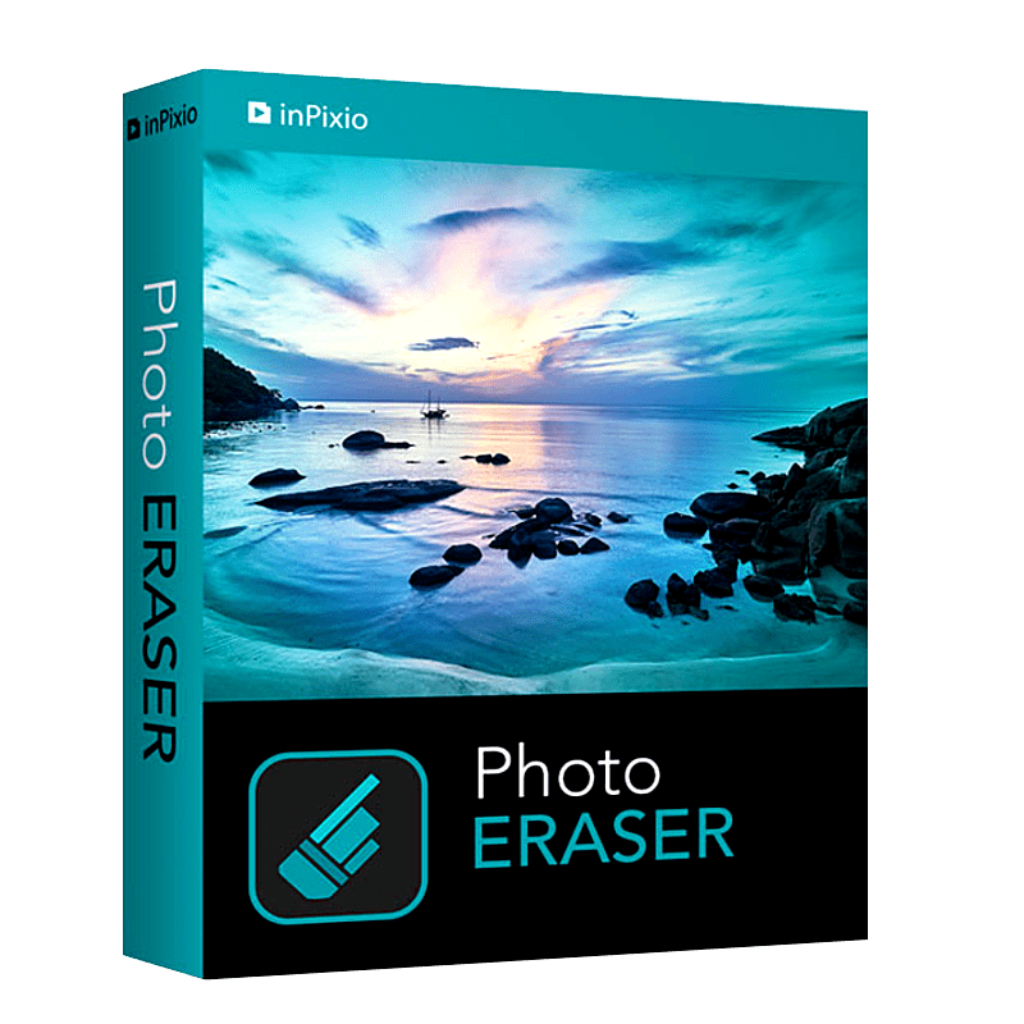

You can read about the exceptions for the Import Control System and other import procedures.

In most cases a SAD is used for this purpose. When goods are imported into the UK it’s the responsibility of the importer or their authorised agent to declare them to customs.
Activation code license for easy translator 12.5 free#
goods from a non-UK and non-EU country via an EU country which have not already been cleared into free circulation.goods from a non- UK and non-EU country direct.Goods which are placed under the EU transit procedure must be presented at the office of destination together with the Transit Accompanying Document ( TAD) (or copies 4 and 5 of the Single Administrative Document ( SAD) under the fallback procedure) to end the transit movement before they can be placed under another prescribed customs procedure.Īn import declaration is only required for the following categories of goods on arrival in the UK: Contact the customs office at the place of unloading for advice about these waivers.įollowing declaration the goods may be put to a prescribed procedure (for example, entry to free circulation, a transit procedure or warehousing regime). If the goods are entered or re-exported from the UK or EU, or destroyed before declaration has been made the declaration might be waived. Where goods have travelled under a transit procedure, the copy of the transit document retained by the office of destination will be the declaration.Ī declaration must be made 24 hours after presentation. consignment records (on computerised inventory systems).Customs may accept commercial documents or computer records if they contain the necessary details. the shipping, airline or haulage company.the person who assumes responsibility for their onward carriage.the person who conveyed the goods into the UK or EU.The declaration must be made by any of the following: The declaration should normally be made at the same customs office as presentation. Goods can only be ‘presented’ to customs when they’ve actually arrived at the place of unloading.Īfter presentation the goods must be covered by a declaration to a customs procedure or a temporary storage declaration containing the information needed to identify the goods. If the customs office is closed, presentation must be made within an hour of it re-opening. Goods which have been moved under a transit procedure should be presented to customs under the rules applicable to that procedure.Īll goods must be electronically presented immediately upon arrival at the designated customs office approved by customs authorities. lodging form C1600A at the designated customs office.using an approved computerised trade inventory system linked to customs.When an importing ship or aircraft arrives at the place where goods are to be unloaded, the goods must be ‘presented’ to customs by the person who brought them into the UK or EU or by the person who assumes responsibility for their onward carriage (this includes freight haulage companies, shipping and aircraft lines). 3095 (The Customs and Excise (Single Market etc) Regulations 1992) prescribe forms, procedures and the penalties for breaches of the rules 2724 (The Customs Controls on Importation of Goods Regulations 1991) as amended by Statutory Instrument 1992 The rules governing customs procedure applying to the introduction of goods to the UK from places outside the UK and EU from their arrival until they’re entered to free circulation or another customs procedure are prescribed in: If you are making a declaration using the Customs Declaration Service (CDS) follow the guidance in the UK Trade Tariff: volume 3 for CDS.


 0 kommentar(er)
0 kommentar(er)
